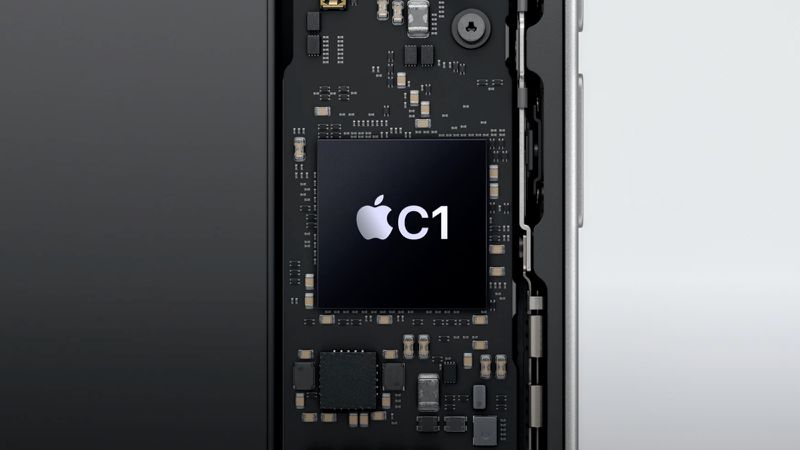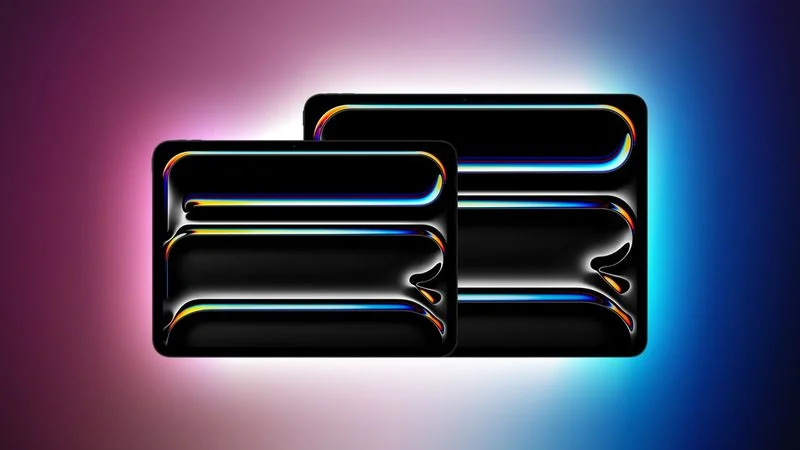Apple’s first homemade modem, the C1 chip, is missing one big feature: mmWave 5G, the super-speedy version of 5G. While some might not mind—since not many phone companies use it yet—there’s a clear reason behind this choice.
Building the C1 chip took years. You’d think Apple, with its knack for making amazing Mac chips that outshine Intel’s, could whip up a modem easily. But it’s not that simple. Mobile data tech is a tricky puzzle for three main reasons.
First, every country has its own rules for mobile data, and a chip meant for the world has to work with all of them. Second, even in one country, phone companies tweak these rules differently, and Apple has to match each one. Third, the chip must handle not just today’s standards, like 5G, but also older ones like 4G, switching smoothly if the signal drops. That means supporting every version of every standard, old and new, everywhere.
That’s why the C1’s spec list is a long one, covering tons of 5G bands, 4G types, and even older tech like GSM, plus Wi-Fi 6 and Bluetooth 5.3. It’s a lot to juggle! Apple had to make some tough calls with the C1. Rumors hinted at compromises, and they were right. The chip skips mmWave 5G and sticks to Wi-Fi 6 instead of jumping to Wi-Fi 7.
Analyst Ming-Chi Kuo says the mmWave skip is about saving power. Apple brags that the C1 uses way less energy than the Qualcomm chips it replaces. Adding mmWave isn’t hard, but making it work well without draining the battery is a challenge. That’s why Apple left it out for now. The good news? Kuo says Apple is already working on a better C1 for next year. This updated version will tackle power use, boost speed, and finally add mmWave 5G support. So, faster 5G is coming—just not yet!





